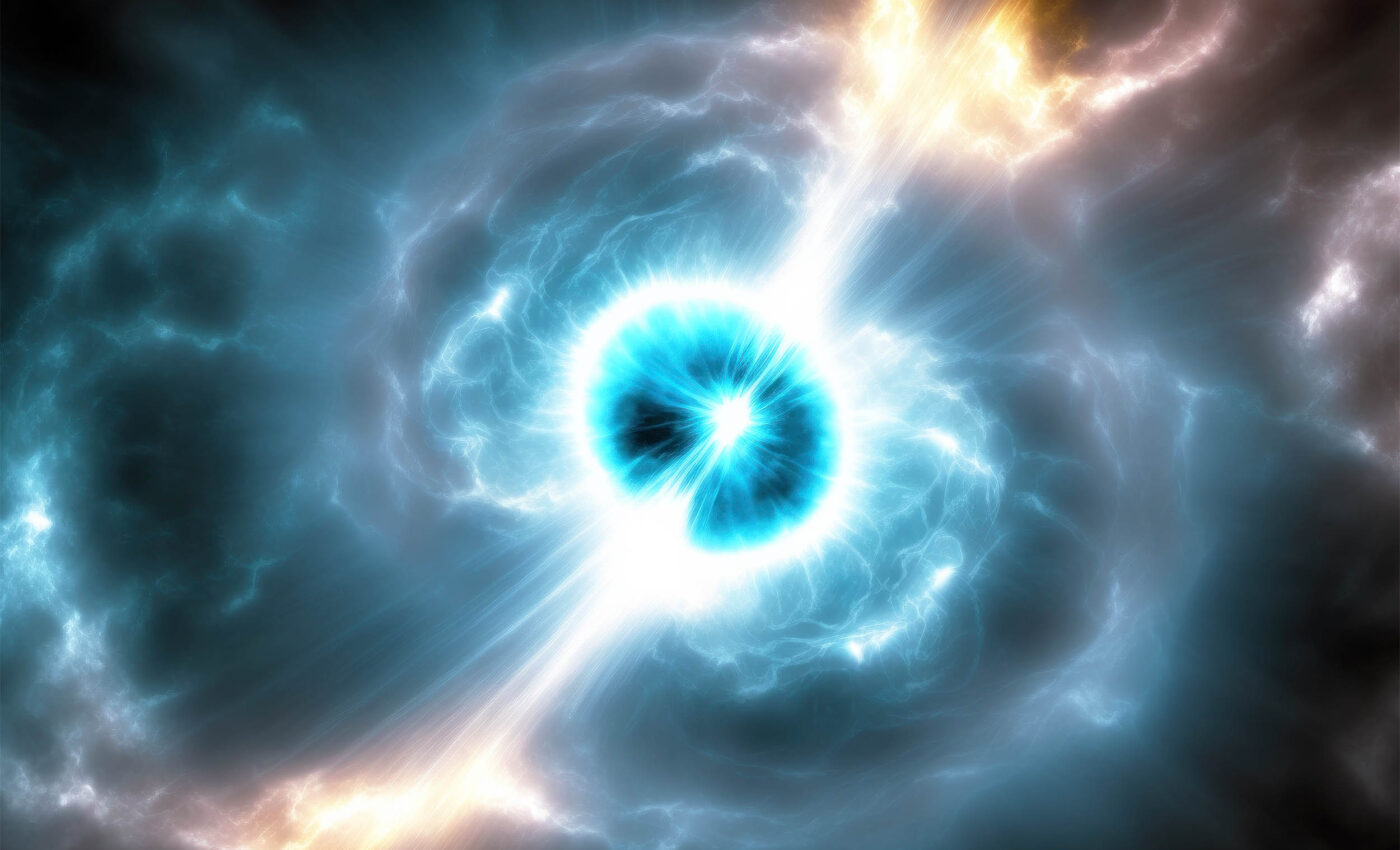
AI is helping NASA pinpoint the most violent explosions in the universe
The dawn of artificial intelligence (AI) has ushered in a transformative era, promising to reshape every facet of our lives. Now, AI has moved off-world, helping NASA scientists unlock the secrets of the cosmos, including the location of gamma ray bursts (GRBs).
This exciting intersection of technology and astronomy is now a reality, thanks to recent research led by Maria Dainotti, a visiting professor at UNLV’s Nevada Center for Astrophysics.
Dainotti and her teams have harnessed the power of AI to delve into the enigmatic world of gamma-ray bursts (GRBs) – the most luminous and violent explosions in the universe.
By leveraging machine learning models, they have achieved unprecedented precision in measuring the distances of these cosmic behemoths. This breakthrough has far-reaching implications for our understanding of the universe’s evolution and the life cycles of stars.
What are gamma-ray bursts (GRBs)?
Imagine an explosion so powerful that it releases as much energy in a few seconds as our sun does in its entire lifetime. That’s the awe-inspiring power of a GRB.
These cataclysmic events are visible across vast cosmic distances, even at the very edge of the observable universe. Their brilliance makes them invaluable tools for astronomers seeking to study the most ancient and distant stars.
But there’s a catch: current observational technology limits our ability to gather the necessary data for calculating the distances of all known GRBs. This is where Dainotti’s ingenious approach comes in.
By combining gamma ray bursts data from NASA’s Neil Gehrels Swift Observatory with multiple machine learning models, she has overcome these limitations, enabling far more accurate distance estimations.
AI used as a cosmic detective
“This research pushes forward the frontier in both gamma-ray astronomy and machine learning,” says Dainotti.
“Follow-up research and innovation will help us achieve even more reliable results and enable us to answer some of the most pressing cosmological questions, including the earliest processes of our universe and how it has evolved over time.”
One of Dainotti’s studies focused on using machine learning methods to determine the distances of GRBs observed by the Swift UltraViolet/Optical Telescope (UVOT) and ground-based telescopes.
The results were remarkably precise, allowing researchers to estimate the number of GRBs in a given volume and time with astonishing accuracy.
In another study, Dainotti and her collaborators employed a powerful machine learning technique called Superlearner to measure GRB distances using data from NASA’s Swift X-ray Telescope.
Superlearner combines multiple algorithms, assigning weights based on their predictive power. This innovative approach significantly improved the reliability of distance estimations for a large sample of GRBs.
Illuminating the origins of gamma-ray bursts
But the discoveries didn’t stop there. A third study, led by Stanford University astrophysicist Vahé Petrosian and Dainotti, used Swift X-ray data to shed light on the puzzling question of how GRBs are formed.
Their findings challenged conventional wisdom, suggesting that some long GRBs may originate from the fusion of incredibly dense objects like neutron stars, rather than the collapse of massive stars.
“This opens the possibility that long GRBs at small distances may be generated not by a collapse of massive stars but rather by the fusion of very dense objects like neutron stars,” explains Petrosian.
New era of cosmic exploration
The implications of this research are vast and profound. By enhancing our ability to measure GRB distances, scientists can gain deeper insights into the evolution of stars and the overall structure of the universe.
The discovery of alternative formation mechanisms for long GRBs opens up new avenues for investigation into the most extreme cosmic phenomena.
Dainotti and her colleagues are now working to make their machine learning tools accessible to the wider scientific community through an interactive web application.
This will empower astronomers worldwide to build upon their groundbreaking work and further our understanding of the cosmos.
The marriage of AI and astronomy has ushered in a new era of cosmic exploration. With each new discovery, we inch closer to unraveling the mysteries of the universe and our place within it. The future of astronomy is bright, and AI is illuminating the path forward.
The study is published in the journal The Astrophysical Journal Letters.
—–
Like what you read? Subscribe to our newsletter for engaging articles, exclusive content, and the latest updates.
Check us out on EarthSnap, a free app brought to you by Eric Ralls and Earth.com.
—–













